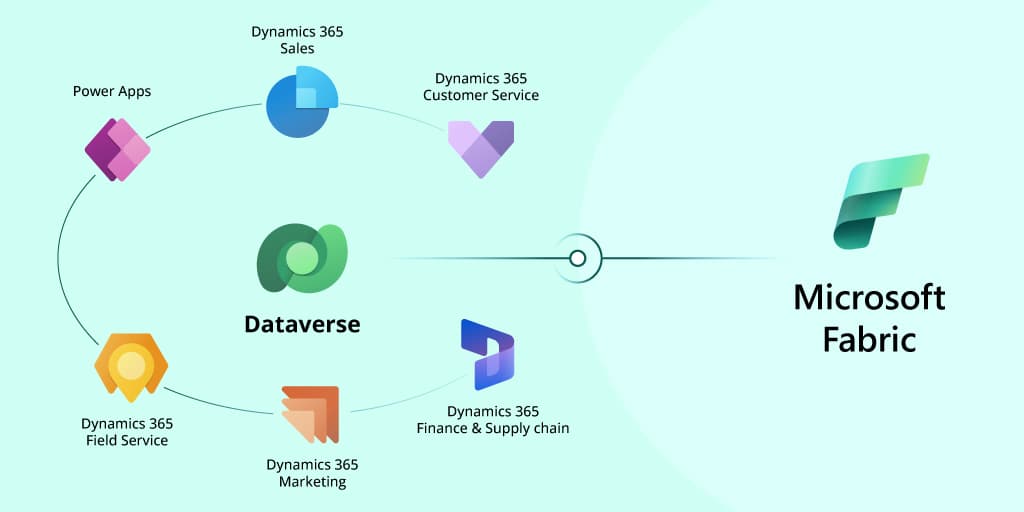
Microsoft Ignite 2024 Insights: Key takeaways from LevelShift
LevelShift had the opportunity to attend Microsoft Ignite 2024, where the buzz around AI, data integration, and digital transformation was t...


Why Real Time Intelligence is Crucial For a business leader evaluating real-time...

Whether you work in manufacturing, retail, logistics, healthcare, finance, Hi-Te...

Microsoft Fabric is an integrated analytics platform that simplifies data manage...

Microsoft Ignite 2024 Insights: Key takeaways from LevelShift
LevelShift had the opportunity to attend Microsoft Ignite 2024, where the buzz around AI, data integration, and digital transformation was t...

Microsoft Fabric vs Databricks – Unified Simplicity vs Custom ML Powerhouse
Introduction As data platforms evolve, organizations are evaluating tools not just for analytics but for their full potential in AI, data en...

Leveraging Microsoft Fabric for Dynamics 365 with Dataverse
Businesses using Dynamics 365 for CRM, Finance & Operations (F&O), and Business Central generate essential data daily. Managing and ...